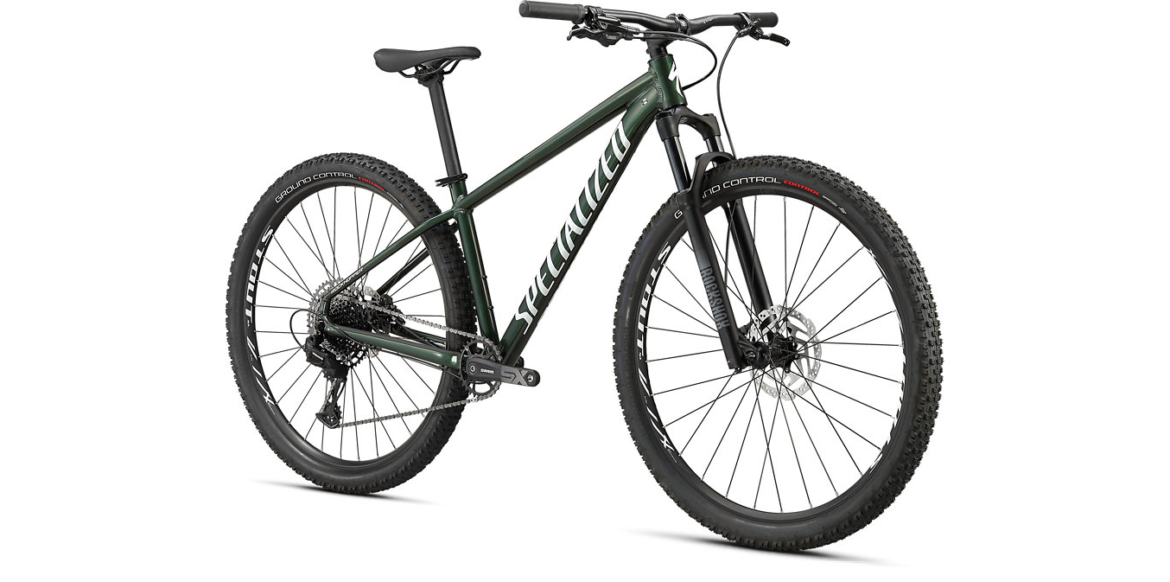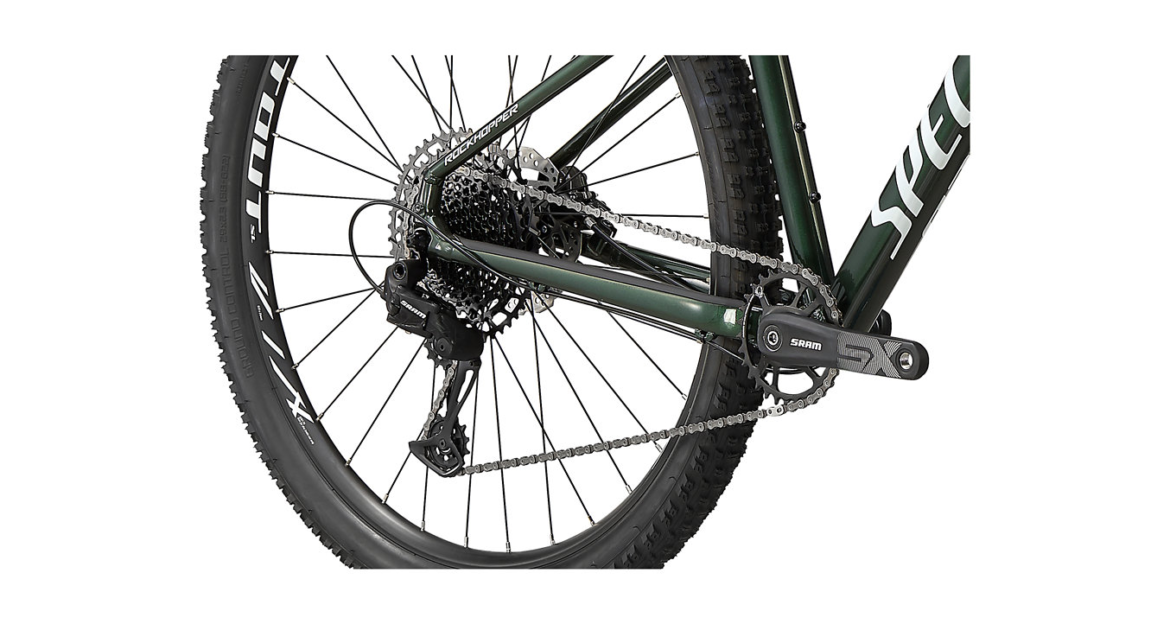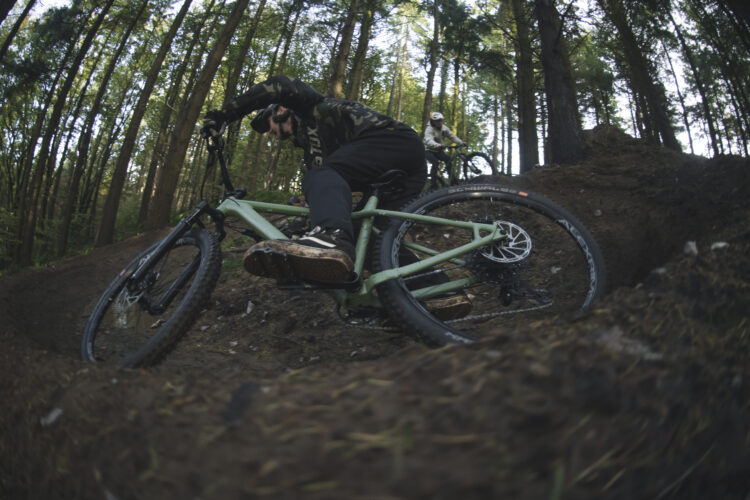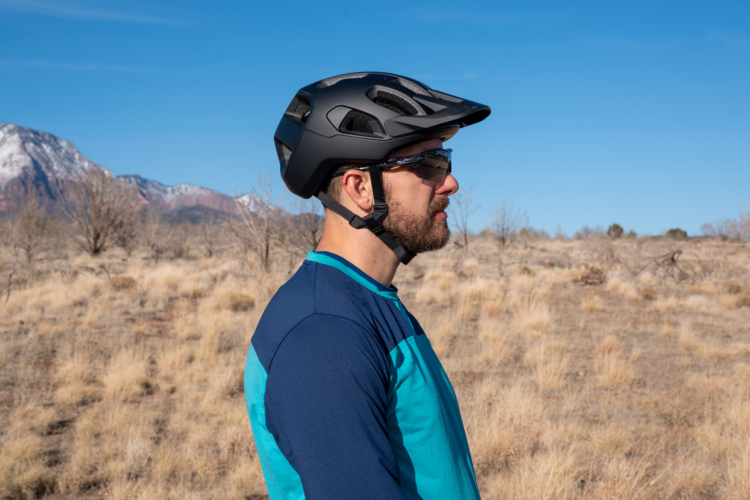
The Specialized Rockhopper that rolled beneath so many shredders throughout their youth keeps on shifting as the brand continues to update its spec and geo. This latest Rockhopper is available in seven different sizes to accommodate rider heights between 4’3″ and 6’9″. The XXS frame rolls on 26″ wheels, XS on 27.5″, small and medium frames are available with either 27.5″ or 29″ wheels, and sizes L-XXL bikes all get wagon wheels. Given this broad frame selection and an equally wide range of builds, there is a Rockhopper for everyone who wants one.

Reach measurements on the 29″ models reflect the bike’s longer stem lengths, with a 425mm reach on the size large, followed by 440mm chainstays across all 29″ frames. The front end moves toward more modern XC geo, with a 68.5° head tube angle, and an average 73.5° seat tube angle should keep the pilot’s position fairly open.
The new Rockhopper frames use 135mm quick release dropouts that will limit wheel upgrade options, though the Expert models have internal dropper post routing and tubeless-ready rims for folks who want to add capability to the Rockhopper’s value-focused package. Depending on the size, Rockhopper builds feature suspension forks with 80-100mm of travel up front.

Builds for the top Expert model include a SRAM SX 1×12 drivetrain, Shimano MT200 brakes, and a RockShox Judy fork, retailing for $1,125. Across the six build options, there is a wide mix of components from Micro Shift, RockShox, Shimano, SR Suntour, SRAM, SunRace, Tektro, and others, with retail prices starting at $500 for the entry level bike builds.
It’s encouraging to see new affordable hardtails like the Rockhopper coming with 1x drivetrains and dropper routing, ready to get more people out on the trails having fun.
- Price: $1,000-$1,400
- Available at Specialized.





















1 Comments
May 14, 2020
The first reason would be the geometry. Except for XC bikes, every Specialized mountain bike comes with modern progressive geometry. Why shouldn't beginners also benefit from better geo. Progessive geometry adds nothing to the cost of a bike.
The second reason, would be tire width. Hardtails benefit immensely by having wider 2.6 tires. Once again, a small change that would add minimal cost to the price of a bike.
Why do beginners get XC geometry and narrow tires when progressive geo and 2.6 tires would be more likely to lead to a fun and successful riding experience? Why do bike companies do this? Beginners need a capable trail bike, not a sketchy XC bike.